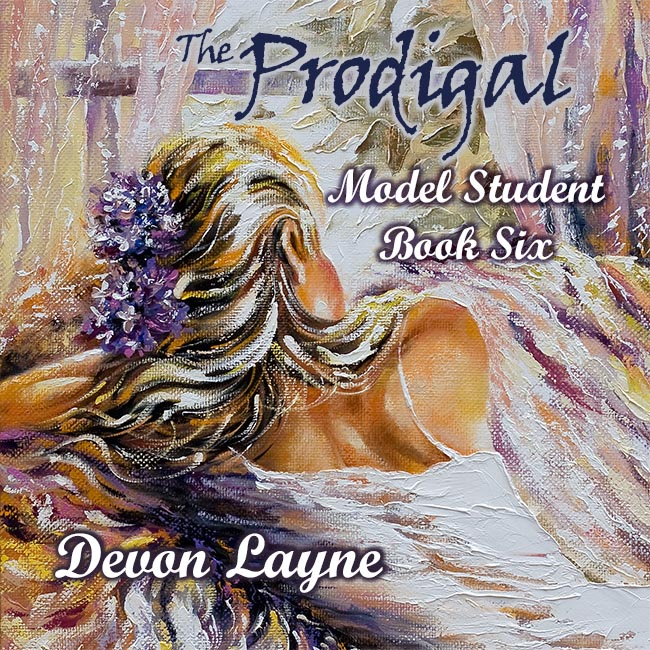I’ve started this weekly blog about my life as an erotica author. Why and how did I get started? How is it going? What have I learned? These posts are suitable for general audiences, but probably not of interest to anyone under 50. Feel free to contact me with questions or for information about my 50+ erotica books. For the past twelve years, I have been on an incredible journey and there is much more to that story. I’ll post here each week with another short chapter of my life as an author of erotica. Might even give tips regarding how to get involved. I encourage you to join my Patreon community.

4/9/23
Researching What My Readers Want

I HAVE HEARD AUTHORS respond to criticism about their work with the words, “I don’t care. I write for myself, not a reader.” I always have to ask, “Then why did you post it for others to read?”
Yes, I will make the final decision regarding what I write and it won’t please everyone. But I write for readers. So, when I decided to focus on writing a story specifically for my readers, I needed to find out what they wanted to read.
How many times have you received a “Tell us what you think” invitation to take a survey for your bank, a product you purchased, or a political party? I get two or three a week. My typical response to these ‘invitations’ is to drop them nicely in the trash. Still, I needed to find out what readers wanted. I opened an online survey and announced it on SOL with no great expectations.
I was flooded with responses. The survey site was free for surveys with up to 100 responses. I had to pay the survey company so I could unlock more than 400 responses to my little survey!
Some of the data simply confirmed what I thought. The majority of my readers, 55%, were age 55 or older with half of the remainder between 45 and 54 years old. 98% were male. Well, I fit in both of those categories as well. According to the survey responses, pretty much everyone got their erotic stories from free or paid websites—like SOL. After all, that’s where the survey was announced. But about 20% also bought eBooks.
I worked in the eBook industry for several years when it was just beginning. I was an evangelist who traveled to trade shows, book shows, and writers’ conventions to demonstrate the new technology and tout its advantages. During that time, I saw a marked increase in the reading of men’s erotica. I believe it was sparked by being able to read romance and erotica on handheld devices. No one could tell what you were reading. And if I was reading my survey responses correctly, that was confirmed. There was a huge market for free and moderately priced erotica for men.

What made The Prodigal, ‘men’s erotica’ rather than just general erotica? It wasn’t 150 million men who read Fifty Shades of Grey. Only 17% of that readership was male. Yet it was 98% men who read my stories.
The survey and a detailed review of my email revealed several contributing factors.
- 1. These older men like coming of age stories most. Second was science fiction, mind control, and time travel. Third, they liked romance, and fourth, action and adventure.
- 2. In my conversations, I discovered that our readers generally liked a strong male lead. It was preferred that he was an underdog. He needed to have honorable character. He needed to have a talent and/or a skill. But most strongly, he needed to develop a life-long relationship with one or more women for whom he would die if necessary.
- 3. My audiences liked multiple relationships with “Some Sex” according to the SOL rating system. They liked harem, polygamy, and polyamory. By and large there was a strong showing for standard heterosexual relationships, but female-female relationships were generally okay, especially if they were in the context of a plural relationship with a man.
My first three serials, The Art and Science of Love, Model Student, and Ritual Reality, all had a fundamental basis around the art world. In both of the first two, the main character is a paint on canvas artist. In the third, he was a theatrical props master. In two of the three, there was a coming of age aspect. In the latter two, there was a consistent plural relationship, and in the first, there were third parties invited into the couple’s relationship. All three were rated “Some Sex.”
I felt like I had a pretty good idea what my particular audience wanted. I decided to write a story that was based on these principles, just to thank my readers—an effort that yielded the “Living Next Door to Heaven” series.
In general, I still follow that pattern. My heroes are a kind of underdog. They exhibit a strong talent for something artistic. Brian was a short television star chef. Hero Lincoln was a crippled juggler and magician. Art Étrange was an autistic artist. Jacob was a transplanted fourteen-year-old guitarist, recovering from being hit by a bus. Dennis was a near-sighted shrimp with a magic touch for basketball. And in my current series, “Photo Finish,” Nate is a new kid in town who loves photography.
Before I ended the “Team Manager” series, I was bemoaning the idea that I would lose readership overnight if I didn’t come up with another new story right after the “Team Manager” series ended. My ex-wife, with whom I am on very good terms, said, “You know the formula and what your readers want. Write that.”
Duh!
I set to work on Full Frame.
Next week, I’ll talk about applying my research to an actual story.
Please feel free to send comments to the author at devon@devonlayne.com.
